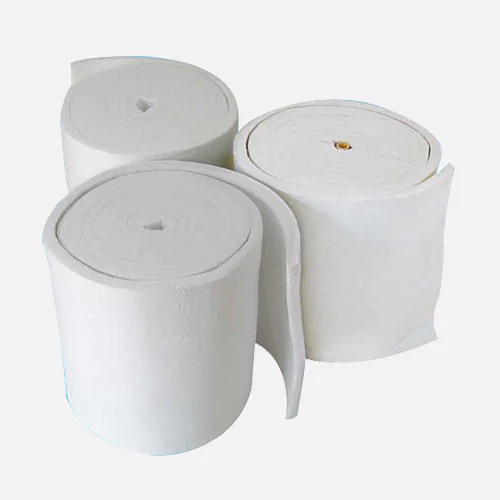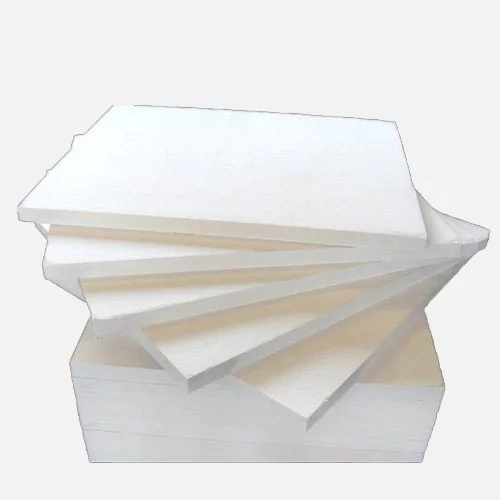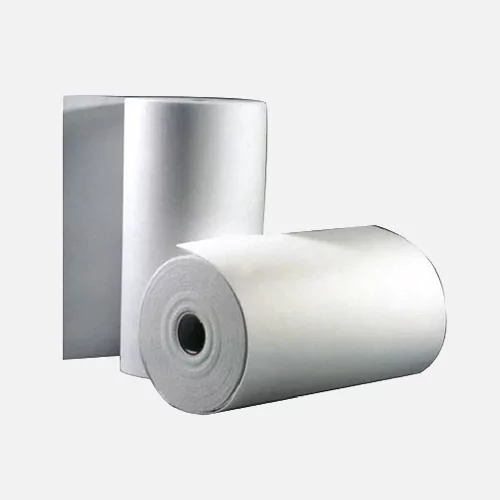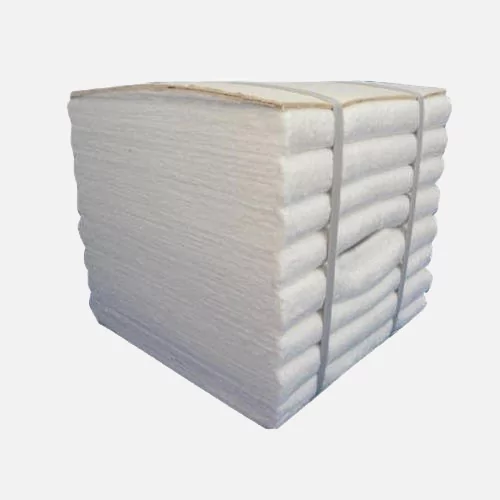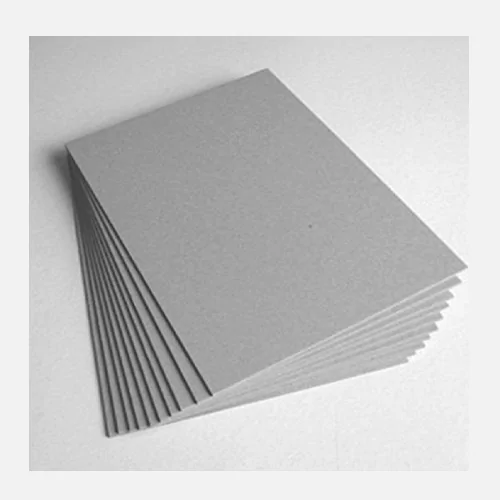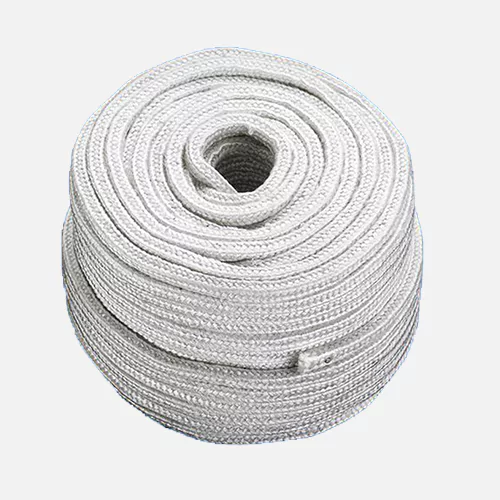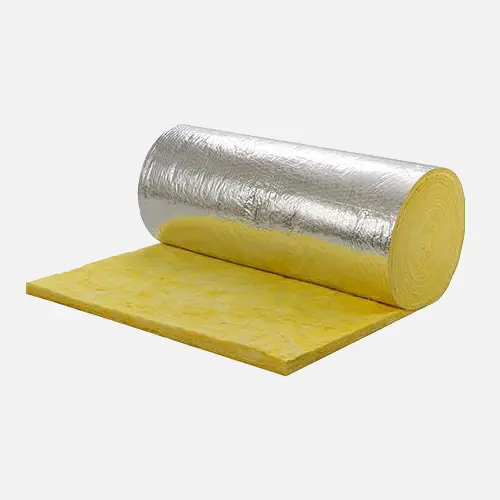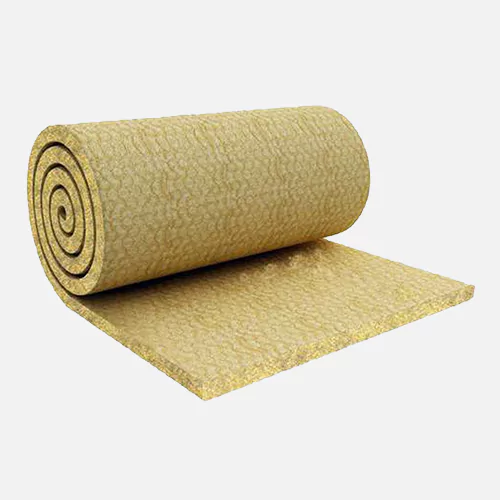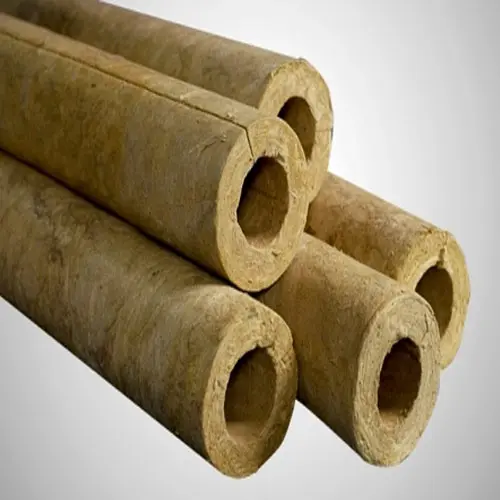Insulation Material Manufacturer in India
Insulation materials are essential components used to reduce heat transfer and control temperature variations between different environments. These materials play a crucial role in enhancing energy efficiency, maintaining comfortable living and working conditions, and ensuring the proper functioning of various industrial processes.
Insulation materials are vital components used to manage heat transfer and maintain optimal temperature conditions in various settings. These materials come in different types, each with its own set of thermal properties and applications.
Jindal Refractories is the best Insulation Material Manufacturer in Gujarat, Bhilwara, and in all over the India.
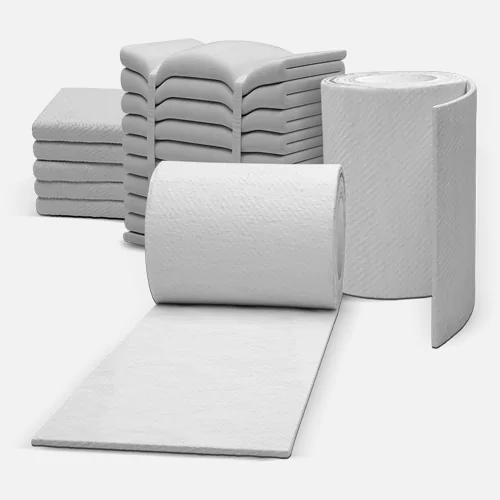
Insulation Material Suppliers in India
The manufacturing process of insulation materials can vary significantly depending on the type of material being produced. Below is a generalized overview of the manufacturing process for a common type of insulation material: fiberglass insulation.
- Raw material preparation: The first step in the manufacturing process is to prepare the raw materials. This may involve crushing, screening, and blending the raw materials to ensure that they are the correct size and consistency.
- Mixing: The next step is to mix the raw materials together. This is done in a large mixer, where the raw materials are combined with a binder and water. The mixing process is important to ensure that the raw materials are evenly distributed and that the binder is properly dispersed.
- Forming: Once the mixture is complete, it is formed into the desired shape. This can be done by pouring the mixture into a mold or by extruding it through a die.
- Curing: The formed insulation material is then cured, which is a process of allowing it to harden. Curing typically takes several hours or days, depending on the type of insulation material and the curing conditions.
- Inspection: Once the insulation material is cured, it is inspected to ensure that it meets the specified quality standards. Inspection typically involves checking the dimensions, density, and strength of the insulation material.
- Packaging and shipping: The inspected insulation material is then packaged and shipped to the customer. Packaging typically involves wrapping the insulation material in a protective material and placing it in a shipping container.
The specific manufacturing process of insulation material may vary depending on the type of insulation material and the manufacturer.
Advantages of Insulation Material
- Energy efficiency
- Comfort
- Soundproofing
- Fire protection
- Moisture resistance
Where You Can Use Insulation Material?
- Homes and buildings
- Electrical equipment
- Industrial applications
- Transportation
- Agriculture

